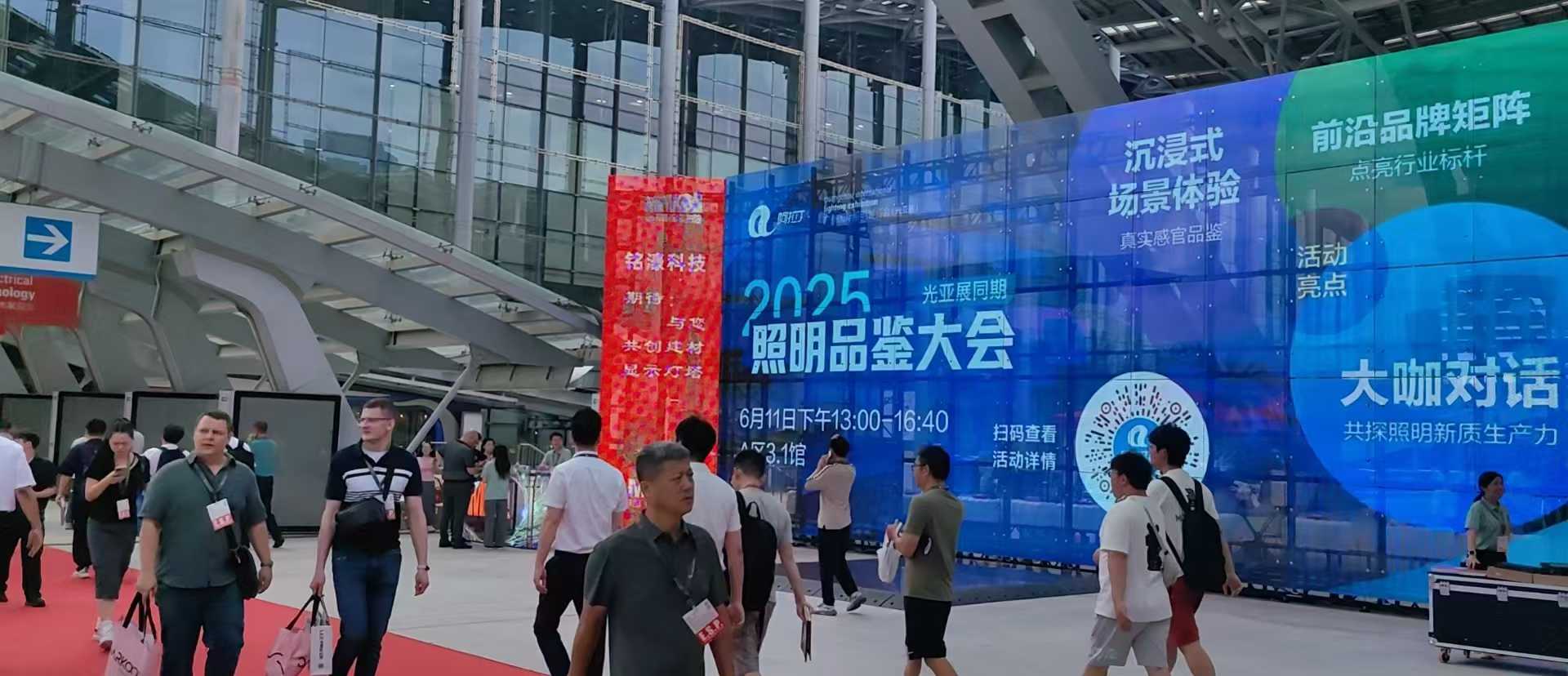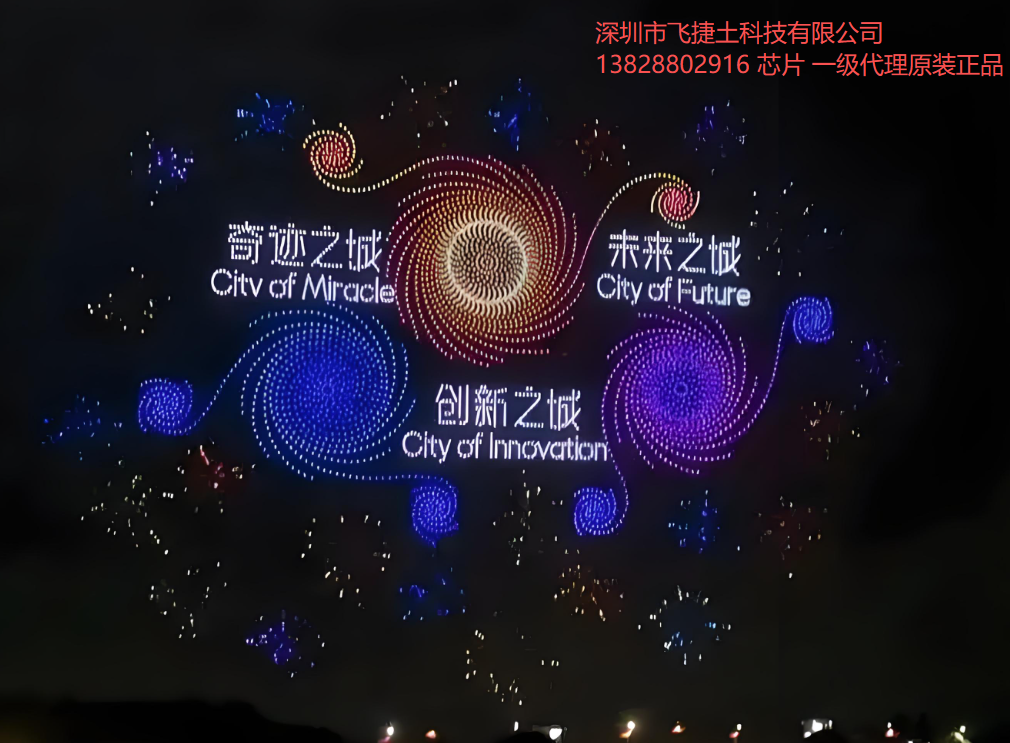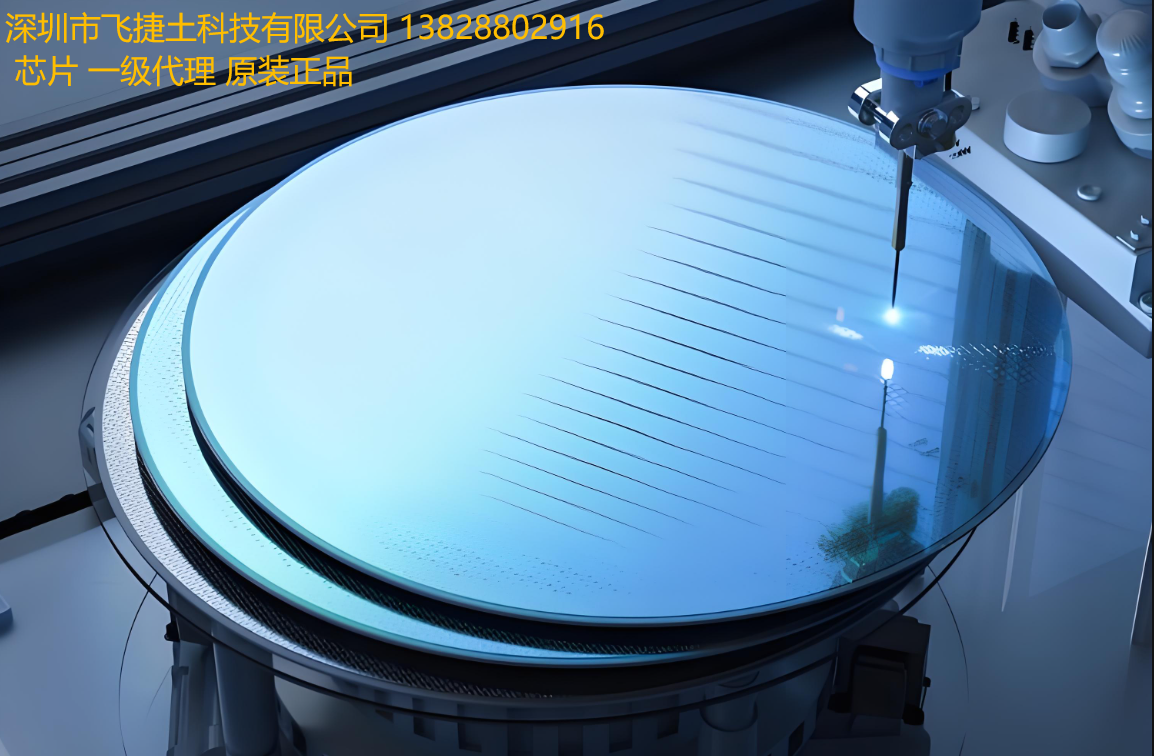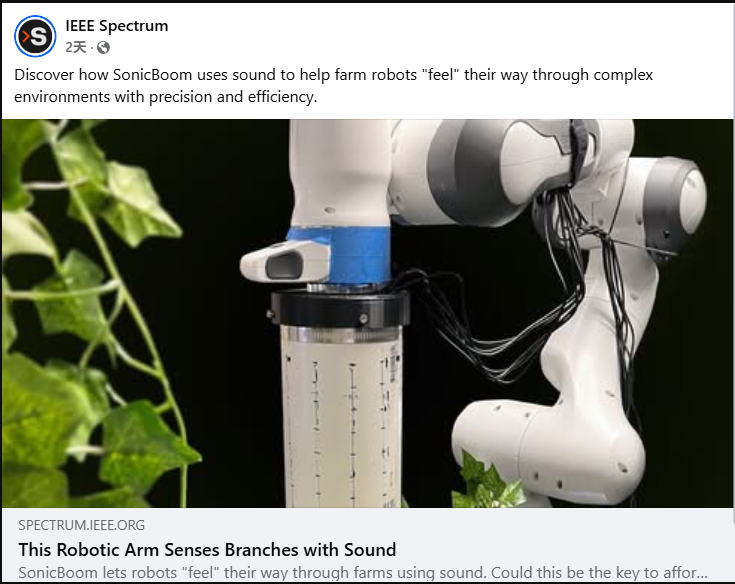The Future of Lighting Chips at 2025 Light Expo: Smart Tech vs. Energy Efficiency vs. Luminous Performance
2025-06-13 14:54:40 1030
In June 2025, the global lighting industry once again turned its attention to the Guangzhou Light Fair. As Asia's most influential optoelectronic technology event, this year's exhibition particularly highlighted groundbreaking innovations in lighting chip technology. Against the backdrop of deep integration between "dual-carbon" goals and AIoT technologies, chips are evolving from the "heart" to the "brain" of lighting systems, driving the industry into a new cycle of qualitative and efficiency revolution.
I. Technological Breakthrough: Third-Generation Semiconductors Establish Dominance
At this year's exhibition, GaN-on-Si (Gallium Nitride on Silicon)-based lighting chips accounted for over 60% of showcased products for the first time, demonstrating the maturity of third-generation semiconductor technology. Infineon introduced a fully integrated smart driver chip that reduces MOSFET and MCU packaging size by 40% while boosting efficiency to 98%. A team from the Chinese Academy of Sciences showcased a "phosphor-free" direct white-light chip, which enables precise spectral control through quantum dot structures, keeping chromaticity deviation within 1 SDCM—potentially solving traditional LED light decay challenges entirely.
II. Intelligent Leap: From Dimming to Cognitive Interaction
The trend of "chip-as-an-endpoint" became evident:
-
Signify’s AI vision chip integrates 10 TOPS of computing power for real-time environmental light distribution analysis.
-
Osram’s LiFi communication chip achieves 3 Gbps transmission speeds, transforming lighting systems into wireless base stations.
-
Domestic leader Sanan Optoelectronics unveiled a "light-sensing fusion chip" with built-in millimeter-wave radar for human posture recognition.
These innovations show that lighting chips have evolved from simple power regulation to neural nodes in spatial perception networks.
III. Intensifying Competition in Low-Carbon Technologies
Under pressure from the EU’s new ERP 3.0 energy efficiency standards, ultra-low-power solutions emerged in force:
-
Silicon carbide substrate technology reduces high-voltage chip losses by 30%.
-
Dynamic voltage-following architecture enables power adjustment with 0.1ms response times.
-
Huawei Digital Energy’s "zero standby power" solution eliminates vampire power through energy harvesting.
Notably, Chinese manufacturers have built a patent barrier in DC power supply chips, offering solutions 15%-20% cheaper than international competitors.
IV. Fragmented Applications Drive Custom Solutions
The exhibition’s dedicated automotive lighting zone revealed that vehicle chips are moving toward multifunctional integration:
-
A single chip now drives ADB headlights, cabin ambient lighting, and LiDAR calibration light sources.
-
Specialty chips for plant factories achieve 0.1 μmol precision in photosynthetic photon flux density (PPFD) control.
-
Medical lighting chips dynamically adjust CCT values using circadian rhythm algorithms.
Such scenario-driven innovation has expanded lighting chip SKUs nearly fivefold since 2020, testing manufacturers’ rapid customization capabilities.
V. China’s Opportunity in Industry Chain Restructuring
Exhibitor profiles showed Chinese chip firms transitioning from followers to leaders:
-
HC Semitek’s flip-chip yield exceeds 99.7%.
-
Lattice Power’s vertical-structure chips achieve 240 lm/W efficacy.
-
HiSilicon’s OpenHarmony lighting protocol chip ecosystem connects over 50 million devices.
With China’s Ultra HD Visual Health Standard implementation, domestic players are gaining standard-setting authority in health lighting and automotive-grade chips.
Conclusion: The "New Moore’s Law" of Lighting Chips
The Guangzhou Light Fair revealed an industry pattern: every 18 months, per-lumen chip costs drop by 30%, while smart functionalities double. This three-dimensional evolution of "performance-intelligence-efficiency" is reshaping the lighting value chain. 2025 may be remembered as the pivotal year when lighting chips transitioned from "functional enablers" to "value creators."






